Managed VS Unmanaged Switch: What Is The Difference
Table of content
Introduction:
You must have an idea about network switches if you are going to design a network. A network switch is considered the brain of any network and connects the devices on LAN, where data travels back and forth to the exact destination. It is very important to choose a network that caters to each and every need of your business. Network switches exist in diversity, each with its own specialties. This is where questions like ‘What a managed and unmanaged switch is?’ and ‘How do they differ?’ knock in your head. Therefore, we are going to distinguish two types of switches: managed and unmanaged. Further, we will look at their definitions and differences to come up with a crystal clear idea of which one is a perfect fit for you. So, let’s start reading this informative blog.
Managed Vs Unmanaged Switch:

It is crucial to define both managed vs unmanaged switches separately before going deep into their functions and specialties.
Unmanaged Switch:
Unmanaged switches are the simplest of network switches with no configuration and further management features. Unmanaged switches are plug-and-play network devices that determine communication parameters, including data rates and transmission mode, and have auto-negotiated ports. Devices on an unmanaged switch are in the same domain where they can communicate with one another. A basic and important feature of an unmanaged switch is it provides a table of MAC (Media Access Control) addresses that are responsible for mapping each connected device’s MAC address to its concerned switch port. Instead of flooding, this table enables the switch to forward outgoing data on the specific port.
Managed Switch:
Bringing down to a basic level, a managed switch allows users to make the best out of it by employing knowledgeable administrators and skilled engineers. Technically, managed switches are ultra-modern and strong regarding their features and functionality. They are open for configuration and further management in terms of their additional features. Despite working as plug-and-play, they don’t need prior configuration like unmanaged switches. Besides, devices in managed switches can work without being in the same broadcast domain in the same way as they were in separate networks. They also allow users to manage, configure, and monitor the network flexibility.
Main Differences Between Managed And Unmanaged Switches:

Managed and Unmanaged switches vary from one another on the basis of their performance, features, and cost. Let’s dive deep into every part to filter the points we are striving for.
Features:
An unmanaged switch is simple and links an ethernet device. In unmanaged switches, the configuration remains the same, and the user is not allowed to make any additional changes. These switches are often used for small networks.
In contrast, a managed switch allows you to monitor your LAN’s settings, configure, and extra management. It clears the way to control LAN traffic and develop new virtual LANs to let smaller devices manage their traffic effectively.
Performance:
Unmanaged switches need no extra management and have QoS service to ensure they are performing well. An unmanaged switch can be plugged in and played immediately in your network.
In managed switches, you can make the best out of them by employing skilled engineers as a managed switch remains open to change configuration and further management. Additionally, it allows users remote troubleshooting that suggests you can fix any issues.
Security:
Unmanaged switches do not offer advanced, top-level security features and rely on basic security features. The only way to secure these switches is to ensure that there is no security risk or weakness in the devices connected to them.
Managed switches offer advanced security features such as monitoring and managing the network. They offer complete control over your network to prevent all sorts of cyber threats.
Application:
The most important thing about managed vs unmanaged switches is their applications. If you are confused about which one is a perfect fit for you, then remember that it totally depends on the nature of your business. If you need a switch for your home or a single office like a small business, an unmanaged switch can be advantageous for you.
Managed switches can be a fit for you who are running larger or enterprise-level businesses that need extra security features and complete control over network traffic.
Conclusion:
In conclusion, we hope that you have learned about the basic aspects of managed and unmanaged switches that can help you differentiate them when it comes to choosing one of them. If you are interested in learning more about switches, Buyrouterswitch is always open for you. From Cisco switches to a number of excellent brands, switches are available on our website. So, keep visiting to find authentic and study-driven blogs on switches and other network accessories.
Frequently Asked Questions:
What is the difference between an unmanaged and managed switch?
The most fundamental difference between a managed and unmanaged switch is that managed switches provide data frames and enable better network control. Whereas, unmanaged switches enable communication between devices at form 0.9, the simplest of their forms.
What is a managed switch used for?
Along with features and capabilities to configure, manage, and monitor traffic on a Local Area Network (LAN), a managed network switch enables efficient communication between Ethernet devices. It provides more control over the network to check who can access it.
Is a managed switch faster?
Even while managed and unmanaged switches have nearly the same fundamental speeds, managed switches typically provide greater network performance when configured properly.




 Catalog
Catalog

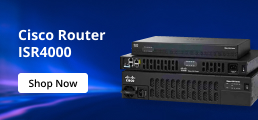
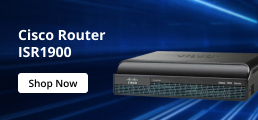
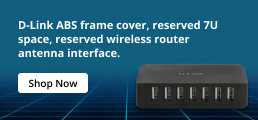
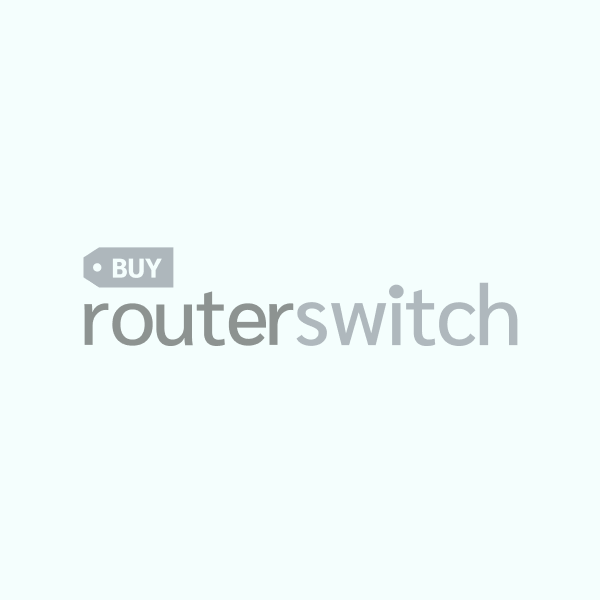


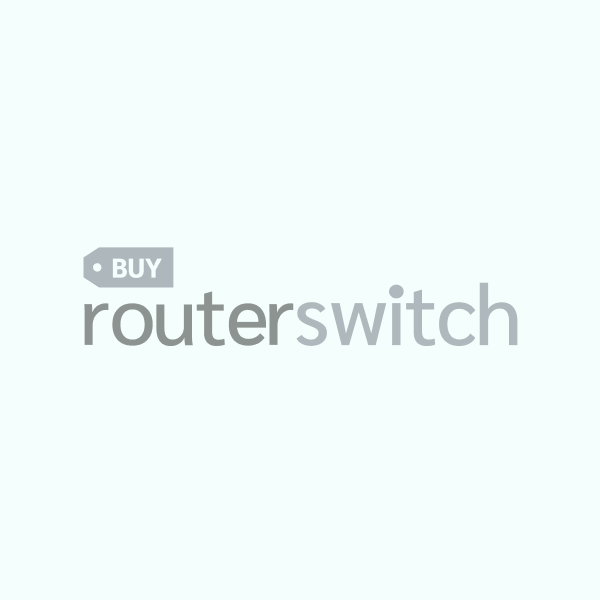
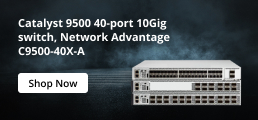

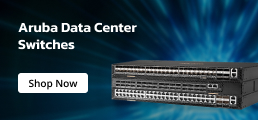





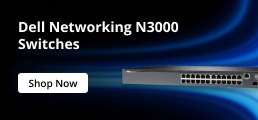
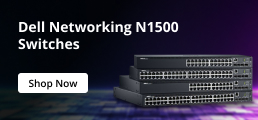




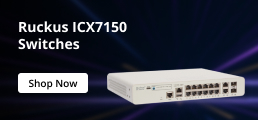
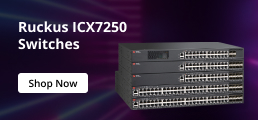





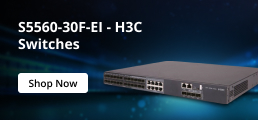


















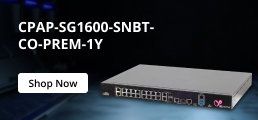











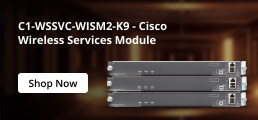























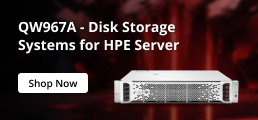
























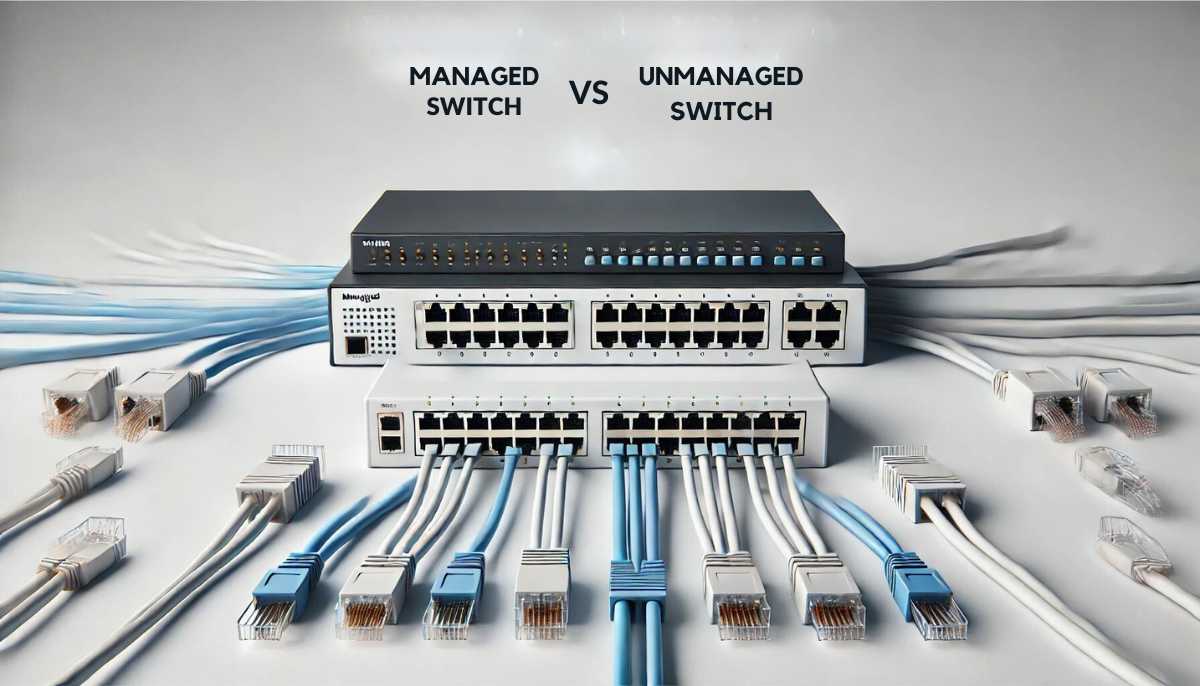
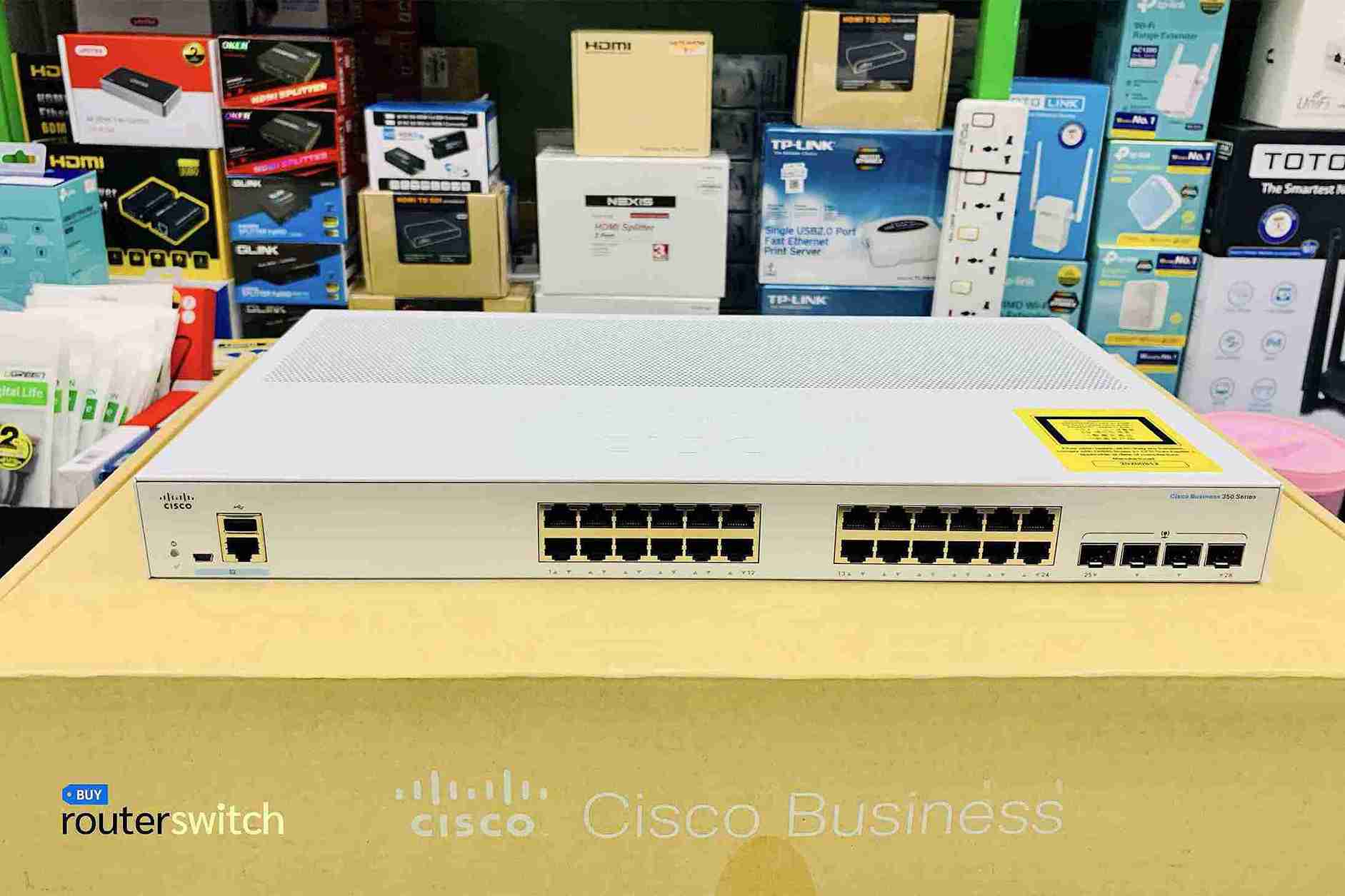






 (800) 870-9487
(800) 870-9487